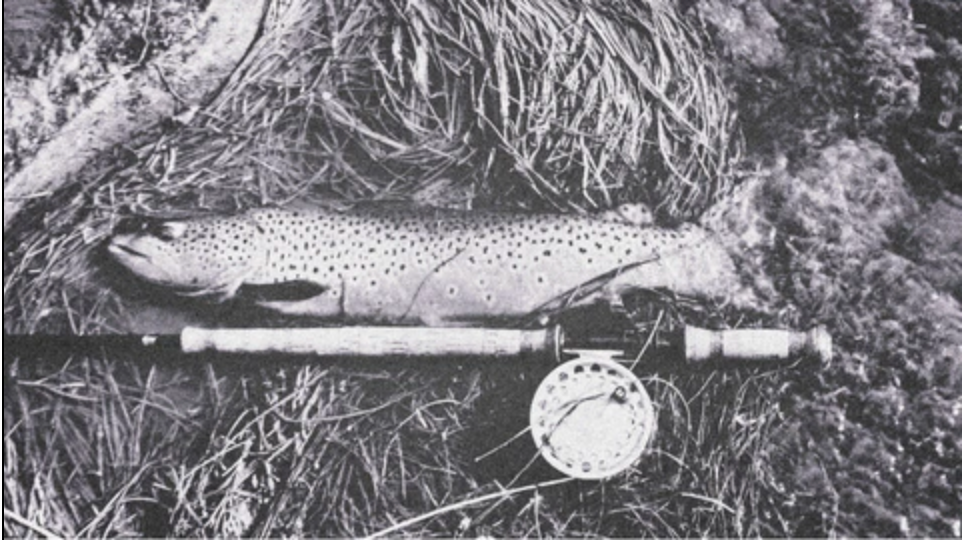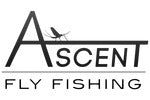
Old Timer Fly Fishing Wisdom that Will Help You Catch More Fish

The origins of fly fishing wisdom is as elusive as trying to pin down the wellspring from which a great trout river is born. Passed on from grandfather and fishing guide, or shared over the displays at your local fly shop, these sage proverbs are often short and sweet, but in them is born the weight of countless lifetimes on the water and fish in the net. To have these words shared with you by a seasoned angler is a gift, while applying this water worn wisdom to your fly fishing game grants you the opportunity to grow into one of the fly fishing greats as well. Heed now the tried and true wisdom of the fly fishing elders!
When the old timer fly fisher is asked, “What are they biting on? They respond, “A good presentation and drift.”
Of far greater importance than matching the hatch with the perfect fly pattern, if you want to catch more fish you should always be working on your fly presentation and drift. Focus on consistently placing your fly lightly on the water upstream and in line with your target feeding lane with time for your nymphs to reach the feeding pocket on the bottom of the river. Don’t just accept slopping casting and bad habits, but work on your cast with more seasoned anglers and practice in the yard between trips to the river. Learn how and when to mend your fly line in order to extend a drag free drift, how to adjust the depth of your nymphs beneath a strike indicator to keep your flies tight to the bottom of the river, and how to “tight line/euro” nymph. It has been tried and proven that focusing on your presentation and drift will consistently produce more hook ups and fish in the net.

Photo Credit: Mark Jessop
“The difference between a good nymph fisher and a great nymph fisher is one more split shot.”
The perennial mistake of many fly fishers is not using enough weight when nymphing and therefore drifting over the heads of feeding fish. The intent of adding weight to a nymphing rig is twofold.
- Adding weight allows the angler to quickly drop their flies into the feeding zone along the bottom of the river where aquatic insects spend 99.9% of their lives and where trout do the vast majority of their feeding.
- When using adequate weight, the speed of your drift will be slowed as the split shot drags across the bottom of the river, in turn reducing the drift of your flies to the actual slower water speeds found on the bottom of the river.
When setting up your nymphing rig, and after you pinch on your split shot, pinch on another. Don’t be afraid to go heavy, and when you think you have enough weight, add a little more. Remember that the difference between a good nymph fisher and a great one is that one more split shot!
“90% of trout are caught in 10% of the river.”
The vast majority of trout are found congregating in a small portion of the river. This concentration is due to several reasons.
- Trout need to feel safe from predators and to achieve this they choose a position in the river where they have at least one foot of water over their heads while remaining in close proximity to deeper waters and structure they can retreat to when startled.
- Trout require shelter from the energy sappy current of the river, and will either find this by holding in between the rocks on the bottom of the river or behind an energy diverting structure such as a boulder, log, or root wad.
- Finally, trout need access to food, and they will position themselves adjacent to concentrated flows of food where they can duck in and out of the current as they pack on the calories.
With these criteria in mind, you can begin to approach the river with an economy of casts. Understanding the limiting factors of where trout will hold, and selecting the optimal places in which to place your flies.

Photo Credit: Mark Jessop
Let these words of the fly fishers who have waded before us guide you to greater success this season and many seasons to come!
Fly of the Month
Chubby Chernobyl
Sizes: 10 – 12

Known for its durability and long life even after a score of fish, the Chubby Chernobyl is both versatile and deadly. Tied with a foam body, antron wings, and rubber legs, this pattern is equally effective when fished as an adult stone fly or as a terrestrial insect. We recommend that you fish them big, fish them often, and hold on tight!
Dry/Wet: Dry
Fly Category: Generalist Pattern
Family: Stoneflies, Terrestrials
Species: Golden Stonefly, Skwala Stonefly, Salmonfly, Grasshopper
Life Stage: Adult


